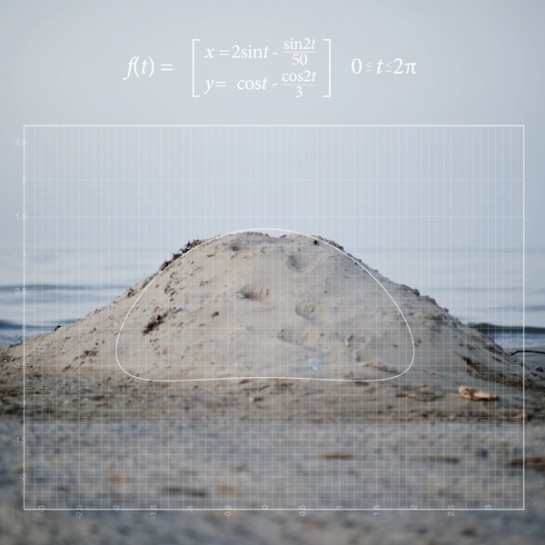RIT student Nikki Graziano photographs math functions in the real world. Some are a stretch but others are dead on.

[via O’Reilly Radar | Thanks, JD]
RIT student Nikki Graziano photographs math functions in the real world. Some are a stretch but others are dead on.

[via O’Reilly Radar | Thanks, JD]
Could someone explain the math?
I have always been fascinated by the fact that math can explicate reality, but have zero understanding of how it does it. It would be great to have a sense of how these, what I assume to be topological, formulas work (and how you figure them out).
Thanks also for pointing out shapes.
Pingback: Pop Loser – Real-World Math
Pingback: Daily interesting articles | Aww Dip
Pingback: links for 2010-02-13 « lugar do conhecimento
Pingback: Il mondo visto da un matematico : Tau Zero
Math is originally came from nature ,isn’t it?
I didn’t do the exact same thing, but I took a few charts in a presentation I made two years ago and underlayed images of house rooflines that aligned with the shape of the charts. It just broke up chart monotony visually a little bit and (I hope) made it more memorable for the audience.
This models, rather than explain – doesn’t it?
Yang and DVR, math and scientific observation of nature cross pollinate. It works both of the ways you suggest. Sometimes, someone comes up with a hypothesis for how the world is, then comes up with the math to describe that — math following nature, per se. Other times, the mathematical model describing what we observe doesn’t having anything to do with our existing understanding of what we’re looking at and inspires a new hypothesis based on the new structure of the math — our knowledge of nature following math.
It looks like Graziano’s work doesn’t have much to do with this cross pollination — it looks more like comparing vaguely similar shapes, to me. The cloud-normal curve example from her series is grasping particularly hard at a relationship that just isn’t there.
P.S. The expression for the first photo is NOT a function as written, despite the “f(x)=” notation. However, it could be a function if you rotated the axes with respect to the image or used polar coordinates.
Pingback: 天æ‰æ•°å¦è€…ã¨æ•°å¦é–¢æ•°ã‚ªã‚¿ã‚¯ã®æ—¥è¨˜ | WEB DREAM
This post provided inspiration for me to finally do something with some parametric equations I’ve had laying around. Check them out at http://www.flickr.com/photos/robshell/sets/72157623326197755/
I would have to agree with Jeremy. I don’t think it describes anything in a scientific sense…the shapes chosen seem rather arbitrary. Is accuracy the goal? If so, it falls short…for example, the sand dune one seems more like the sum of two Gaussians than that parametric function, which seems kinda shoe-horned in.
From an artistic standpoint, though, it’s kind of a nice melding of science/math visuals and the natural world.
Pingback: version3.0 » v3 Guide to the Interneat #2
Pingback: Mathe in der echten Welt – Openmedi